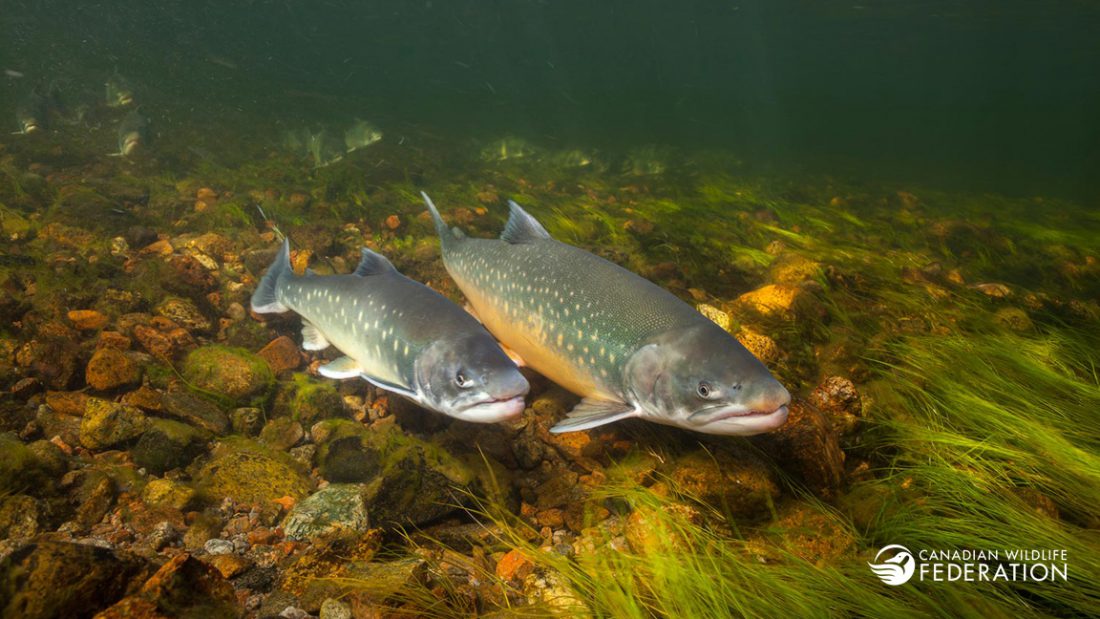Recent research published in the journal Environmental Research has revealed alarming findings.
“Consuming just one freshwater fish from a U.S. lake or river is equivalent to drinking chemically contaminated water for an entire month.”
Yikes!
So, what exactly are these dangerous chemicals and how did they end up in our waterways?

They’re called PFAS – per- and polyfluoroalkyl substances. These chemicals were first developed in the 1940s and are prevalent in products like non-stick cookware and food packaging. Unfortunately, these chemicals are incredibly resilient and hard to break down. More and more of these chemicals are being found in our environment, including our freshwater sources. Naturally this has impacts on the health of our waters, the wildlife that live in them and the animals that consume those wildlife – including us.
Between 2013 and 2015, researchers analyzed 500 water samples from a variety of rivers and lakes across the United States. Shockingly, about 75 per cent of the chemicals found in those samples were PFOAS, a common type of PFAS. The result? Freshwater fish are ingesting these harmful substances at alarming rates, with PFAS levels in these fish found to be 278 times higher than those in commercially sold fish.
What About Canada?
Before Canadians breathe a sigh of relief, it’s critical to recognize that PFAS contamination is not just a U.S. issue. Health Canada has reported significant PFAS levels in Canada’s freshwater as well. Studies have identified high concentrations of these chemicals in various species of freshwater fish, including Chinook Salmon and Sheepshead in Southern Ontario, Whitefish, Perch and Rainbow Trout in Northern Ontario and Smallmouth Bass in Nova Scotia.
What Can You Do?

- Do swap your non-stick cookware for alternatives like cast iron or stainless steel.
- Don’t use microwave popcorn bags, as they might be coated with PFAS.
- Do choose outdoor clothing made from natural materials and avoid those treated with Gore-Tex Scotchguard.
- Don’t treat your furniture with stain-resistant sprays.


